Home>Furniture & Design>Bathroom Accessories>How Do You Make Bathtub Gin
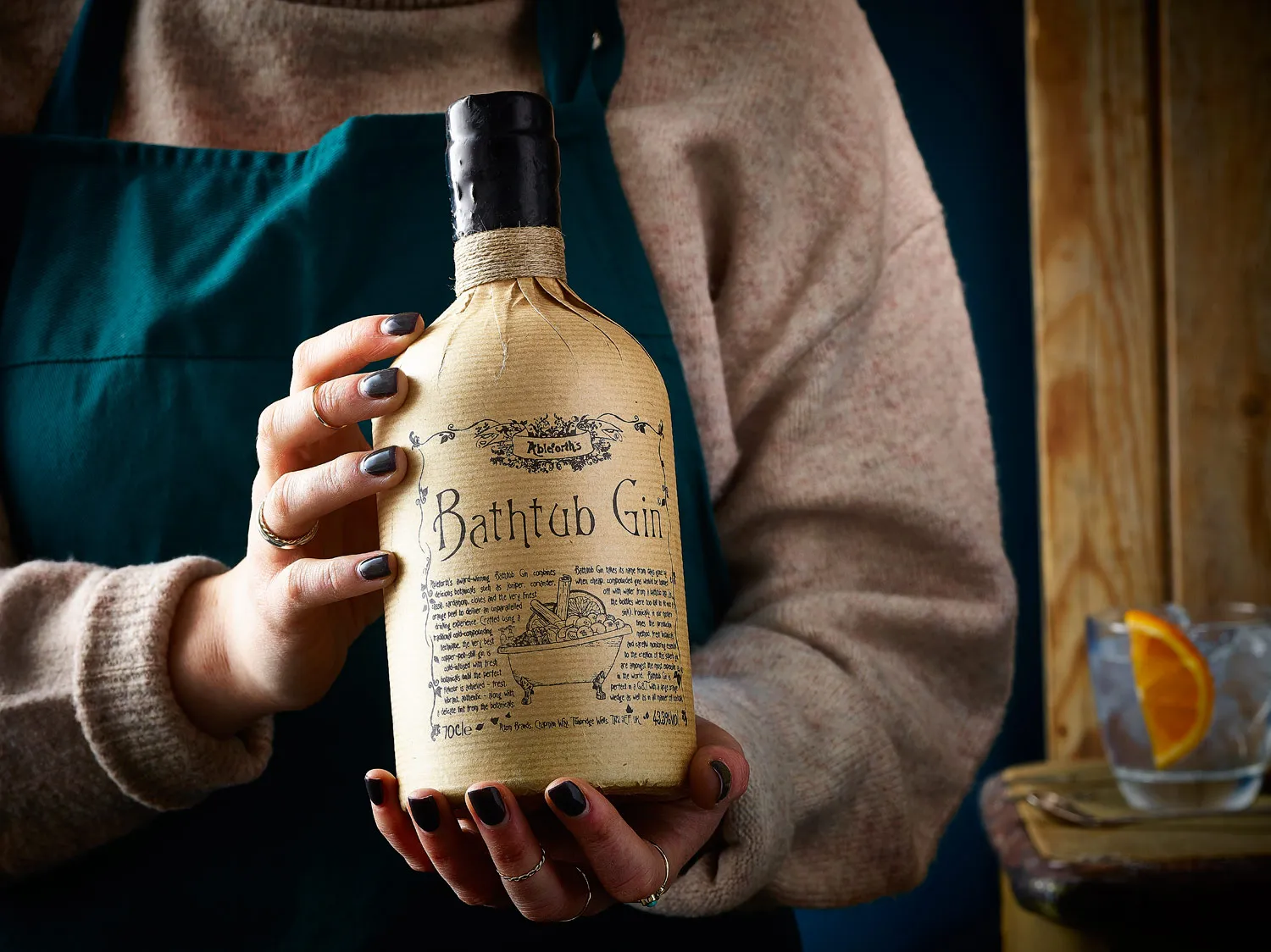

Bathroom Accessories
How Do You Make Bathtub Gin
Published: February 20, 2024
Learn how to make bathtub gin and elevate your home bar with our selection of premium bathroom accessories. Create your own unique blend and impress your guests with our stylish and functional products. Elevate your mixology game today!
(Many of the links in this article redirect to a specific reviewed product. Your purchase of these products through affiliate links helps to generate commission for Storables.com, at no extra cost. Learn more)
Introduction
Bathtub gin, a term that harks back to the Prohibition era, conjures up images of clandestine distilleries and secret speakeasies. The allure of crafting your own gin, reminiscent of the bootleggers of the 1920s, has not waned over the years. The process of making bathtub gin is steeped in history and tradition, and it offers a fascinating glimpse into the art of homemade spirits.
The allure of crafting your own gin, reminiscent of the bootleggers of the 1920s, has not waned over the years. The process of making bathtub gin is steeped in history and tradition, and it offers a fascinating glimpse into the art of homemade spirits.
The term "bathtub gin" originated during the Prohibition era in the United States when the production and sale of alcoholic beverages were banned. In response to this ban, individuals turned to clandestine methods to produce their own spirits, often using makeshift distillation equipment in their homes. The term "bathtub gin" itself refers to the practice of using a bathtub as a vessel for mixing and diluting homemade spirits, often to mask the harsh flavors resulting from amateur distillation methods.
While the Prohibition era has long since passed, the allure of crafting homemade gin in the style of the bootleggers of the 1920s continues to captivate enthusiasts. The process of making bathtub gin offers a unique opportunity to delve into the history of spirits production and to experience the art of distillation firsthand.
In this article, we will explore the history of bathtub gin, the ingredients and equipment needed for its production, the step-by-step process of creating this homemade spirit, as well as some tips and tricks to ensure a successful outcome. Whether you are a seasoned home distiller or a curious enthusiast, the world of bathtub gin holds a certain mystique that is both intriguing and timeless.
Key Takeaways:
- Crafting bathtub gin is a fascinating journey into the history of homemade spirits, offering a blend of tradition and creativity that reflects the unique vision of its maker.
- The process of making bathtub gin requires patience, attention to detail, and a passion for the art of distillation, resulting in a homemade gin that embodies the spirit of craft distillation.
Read more: Where To Buy Bathtub Gin
History of Bathtub Gin
The term "bathtub gin" has its origins in the Prohibition era, a tumultuous period in American history when the production, sale, and distribution of alcoholic beverages were outlawed. This era, which lasted from 1920 to 1933, drove the production of alcohol underground, leading to the rise of clandestine distilleries and speakeasies. In response to the ban on alcohol, individuals sought creative ways to produce their own spirits, often using makeshift equipment and unconventional methods.
The term "bathtub gin" itself refers to the practice of using a bathtub as a vessel for mixing and diluting homemade spirits. This method was born out of necessity, as amateur distillers sought to mask the harsh flavors resulting from their rudimentary distillation processes. The use of a bathtub as a makeshift distillation vessel became emblematic of the resourcefulness and ingenuity of those who defied Prohibition laws to produce their own alcohol.
During this era, the production of bathtub gin was often a clandestine and risky endeavor. Homemade distilleries operated in secret, hidden from the prying eyes of law enforcement. The quality of the spirits varied widely, as amateur distillers lacked the expertise and equipment necessary to produce refined, high-quality gin. As a result, bathtub gin acquired a reputation for its often harsh and unpalatable flavors, a consequence of the makeshift distillation methods employed by its producers.
Despite its less-than-stellar reputation, bathtub gin became a symbol of rebellion and defiance during Prohibition. The allure of crafting homemade spirits and the thrill of evading the authorities captured the imagination of many, leading to a thriving underground industry of bootleggers and speakeasies. The production and consumption of bathtub gin became intertwined with the spirit of rebellion and the desire for freedom from restrictive laws.
While the Prohibition era has long since passed, the legacy of bathtub gin endures as a testament to the resilience and creativity of those who sought to circumvent the restrictions imposed on alcohol. Today, the term "bathtub gin" evokes a sense of nostalgia for a bygone era, as well as a fascination with the ingenuity and resourcefulness of those who dared to defy the law in pursuit of their libations.
Ingredients for Making Bathtub Gin
To embark on the journey of crafting your own bathtub gin, you will need a carefully curated selection of botanicals and a base spirit. The ingredients for making bathtub gin are essential to infuse the spirit with the distinctive flavors and aromas that define this beloved libation.
-
Base Spirit: The foundation of any gin is the base spirit. For bathtub gin, a neutral spirit with a high alcohol content, such as grain alcohol or vodka, serves as the canvas upon which the botanicals will work their magic. The choice of base spirit will influence the final character of the gin, so it is essential to select a high-quality, neutral spirit as the starting point for your homemade creation.
-
Botanicals: The hallmark of any gin is the harmonious blend of botanicals that impart its signature flavors and aromas. Traditional botanicals used in gin production include juniper berries, coriander seeds, angelica root, citrus peels, and various herbs and spices. These botanicals contribute to the complex and nuanced flavor profile of gin, and they play a pivotal role in defining its character. When crafting bathtub gin, the selection and proportion of botanicals are key factors in shaping the final taste of the spirit.
-
Additional Flavorings: In addition to the classic botanicals, homemade gin offers the opportunity to experiment with unique flavorings and aromatic ingredients. From floral elements such as lavender and rose petals to exotic spices like cardamom and cinnamon, the possibilities for infusing your bathtub gin with distinctive flavors are virtually endless. This creative freedom allows for the customization of the gin to suit personal preferences and to create a truly unique and bespoke spirit.
-
Water: While not a traditional botanical, water plays a crucial role in the production of bathtub gin. Diluting the high-proof base spirit with water is essential to achieve the desired alcohol content and to mellow the intensity of the spirit. The quality of the water used in the dilution process can impact the final taste of the gin, making it important to use filtered or distilled water to ensure a clean and pure finish.
The careful selection and meticulous combination of these ingredients are fundamental to the art of making bathtub gin. Each component contributes to the complex interplay of flavors and aromas that define this beloved spirit, offering a glimpse into the rich tapestry of botanicals and the alchemy of distillation.
Equipment Needed
Embarking on the journey of crafting your own bathtub gin requires a selection of essential equipment to facilitate the distillation process and ensure the production of a high-quality spirit. From distillation apparatus to storage containers, the equipment needed for making bathtub gin plays a crucial role in shaping the outcome of the distillation process.
-
Still: A still is the cornerstone of the distillation process, serving as the apparatus responsible for transforming the base spirit and botanical infusion into gin. There are various types of stills available, including pot stills and column stills, each with its unique characteristics and capabilities. When making bathtub gin, a small-scale pot still is often favored for its simplicity and versatility, allowing for precise control over the distillation process.
-
Thermometer: Monitoring the temperature during distillation is essential for achieving optimal results. A reliable thermometer enables the distiller to gauge the temperature within the still, ensuring that the distillation process proceeds at the appropriate range for capturing the desired flavors and aromas.
-
Botanical Basket or Infusion Chamber: To infuse the base spirit with the flavors of botanicals, a botanical basket or infusion chamber is utilized within the still. This component allows the vapor from the heated spirit to pass through the botanicals, extracting their essential oils and aromatic compounds to impart the characteristic gin flavors.
-
Storage Vessels: Once the distillation process is complete, the resulting gin must be stored in suitable vessels to allow the flavors to mature and harmonize. Glass bottles or jars with airtight seals are commonly used for storing bathtub gin, providing an ideal environment for the spirit to develop its full character over time.
-
Measuring Utensils: Accurate measurements are crucial when combining botanicals and base spirit to create the gin infusion. Measuring cups, graduated cylinders, or precision scales are indispensable tools for ensuring the precise proportions of ingredients, contributing to the consistency and quality of the final product.
-
Funnels and Filtration Equipment: Funnels facilitate the transfer of liquids between vessels, minimizing spills and ensuring a clean and efficient process. Filtration equipment, such as fine mesh strainers or filter papers, may also be employed to clarify the gin and remove any impurities before bottling.
-
Water Source: High-quality water is essential for diluting the distilled gin to achieve the desired alcohol content. Access to filtered or distilled water is crucial to ensure the purity of the final product, as the water used directly impacts the taste and clarity of the gin.
The careful selection and utilization of these essential pieces of equipment are integral to the art of crafting bathtub gin. Each component plays a vital role in the distillation process, contributing to the creation of a well-balanced and flavorful homemade spirit.
To make bathtub gin, mix high-proof alcohol with juniper berries and other botanicals in a large container. Let it steep for a few days, then strain and enjoy. Be sure to research and follow local laws and regulations regarding alcohol production.
Steps to Make Bathtub Gin
-
Prepare the Botanical Infusion: Begin by selecting a harmonious blend of botanicals to infuse the base spirit with distinctive flavors. Measure out the desired quantities of juniper berries, coriander seeds, citrus peels, and additional flavorings, tailoring the botanical composition to achieve the desired flavor profile.
-
Combine Botanicals and Base Spirit: Place the selected botanicals in the botanical basket or infusion chamber of the still. Pour the base spirit into the still's pot, ensuring that the botanicals are positioned to allow the vapor to pass through them during distillation. The precise combination of botanicals and base spirit sets the stage for the infusion process.
-
Heat and Monitor the Distillation: Gently heat the still, allowing the base spirit to vaporize and pass through the botanicals, capturing their essential oils and flavors. Monitor the temperature closely, adjusting the heat as needed to maintain the appropriate range for the distillation process. This careful control ensures the extraction of the botanical essences while avoiding the carryover of harsh or undesirable compounds.
-
Collect and Dilute the Distillate: As the distillation proceeds, the infused vapor condenses back into liquid form, resulting in the distilled gin. Collect the distilled gin in suitable storage vessels, taking care to discard any initial fractions that may contain impurities or off-flavors. Once the desired quantity of distilled gin is obtained, carefully dilute it with high-quality water to achieve the desired alcohol content, allowing the flavors to mellow and harmonize.
-
Store and Age the Gin: Transfer the diluted gin into clean, airtight glass bottles or jars, sealing them securely to prevent evaporation or contamination. Store the bottled gin in a cool, dark place to allow the flavors to mature and develop complexity over time. The aging process allows the botanical infusion to integrate fully, resulting in a well-rounded and flavorful bathtub gin.
-
Enjoy and Share: After allowing the gin to age for the desired duration, it is ready to be enjoyed and shared with friends and fellow enthusiasts. Whether sipped neat, mixed into classic cocktails, or used as a unique gift, homemade bathtub gin offers a personal and artisanal touch that embodies the spirit of craft distillation.
The process of making bathtub gin is a labor of love, requiring attention to detail and a passion for the art of distillation. By following these steps with care and precision, enthusiasts can embark on a rewarding journey of creating their own distinctive and flavorful gin, steeped in tradition and creativity.
Read more: How Do You Measure A Bathtub
Tips and Tricks
Crafting bathtub gin is a blend of artistry and precision, and incorporating some tips and tricks can elevate the process, resulting in a more refined and flavorful homemade spirit. Here are some valuable insights to enhance your bathtub gin-making experience:
-
Botanical Selection: Experiment with a diverse array of botanicals to create a unique flavor profile. Consider incorporating unconventional ingredients such as lemongrass, cubeb pepper, or even locally foraged botanicals to impart distinctive nuances to your gin.
-
Proportion and Balance: Pay careful attention to the proportions of botanicals used in the infusion. Striking a harmonious balance among the botanicals ensures a well-rounded and complex flavor profile, avoiding overpowering or muted notes.
-
Temperature Control: Maintain precise control over the distillation temperature to capture the delicate aromas and flavors of the botanicals. Avoid excessive heat, which can lead to the evaporation of desirable compounds, and aim for a gentle and gradual distillation process.
-
Patience in Aging: Allow the distilled gin to age gracefully, granting the botanical infusion time to meld and mature. Patience is key, as the flavors will continue to evolve, resulting in a more nuanced and refined bathtub gin.
-
Quality Water: Use high-quality, filtered water for diluting the distilled gin. The purity of the water directly impacts the clarity and taste of the final product, contributing to a clean and well-balanced finish.
-
Labeling and Documentation: Keep detailed records of the botanicals used, the proportions, and the distillation process. Labeling the bottles with the date of production and the botanical composition allows for tracking the aging process and provides valuable insights for future batches.
-
Tasting and Adjusting: Regularly sample the aging gin to monitor its progression. If desired, consider introducing additional botanicals or flavorings during the aging process to tailor the gin to your preferences.
-
Creative Experimentation: Embrace creativity and experimentation in your bathtub gin endeavors. Explore unconventional combinations of botanicals, consider barrel aging, or even infuse the gin with unique flavors post-distillation to craft a truly distinctive spirit.
By incorporating these tips and tricks into your bathtub gin-making process, you can embark on a journey of exploration and refinement, creating a homemade spirit that reflects your creativity and passion for the art of distillation.
Conclusion
In conclusion, the art of making bathtub gin offers a captivating journey into the world of craft distillation, steeped in history, creativity, and the allure of artisanal spirits. The legacy of bathtub gin, originating from the Prohibition era, continues to resonate with enthusiasts and home distillers, evoking a sense of rebellion and resourcefulness that defined an era of defiance against restrictive laws.
The process of creating bathtub gin is a testament to the ingenuity and artistry of those who seek to craft their own distinctive spirits. From carefully selecting botanicals to meticulously controlling the distillation process, each step embodies a blend of tradition and innovation, resulting in a homemade gin that reflects the unique vision and creativity of its maker.
The ingredients and equipment required for making bathtub gin form the foundation of this craft, offering a canvas for exploration and expression. The careful selection of botanicals, the utilization of essential distillation equipment, and the infusion of personal flair through creative experimentation all contribute to the rich tapestry of flavors and aromas that define bathtub gin.
As enthusiasts embark on the journey of crafting their own bathtub gin, they are invited to explore a world of botanical diversity, flavor experimentation, and the art of aging and refinement. The tips and tricks shared in this article serve as valuable insights to enhance the bathtub gin-making experience, empowering individuals to refine their craft and create spirits that reflect their unique tastes and preferences.
Ultimately, the process of making bathtub gin is a labor of love, requiring patience, attention to detail, and a passion for the art of distillation. The resulting homemade gin is a testament to the dedication and creativity of its maker, offering a personal and artisanal touch that embodies the spirit of craft distillation.
Whether enjoyed neat, mixed into classic cocktails, or shared with fellow enthusiasts, bathtub gin represents a celebration of tradition, creativity, and the enduring allure of crafting homemade spirits. As the legacy of bathtub gin endures, it continues to inspire a new generation of enthusiasts to embark on their own journey of exploration and creation, keeping alive the spirit of rebellion and ingenuity that defined an era of defiance against restrictive laws.
Frequently Asked Questions about How Do You Make Bathtub Gin
Was this page helpful?
At Storables.com, we guarantee accurate and reliable information. Our content, validated by Expert Board Contributors, is crafted following stringent Editorial Policies. We're committed to providing you with well-researched, expert-backed insights for all your informational needs.
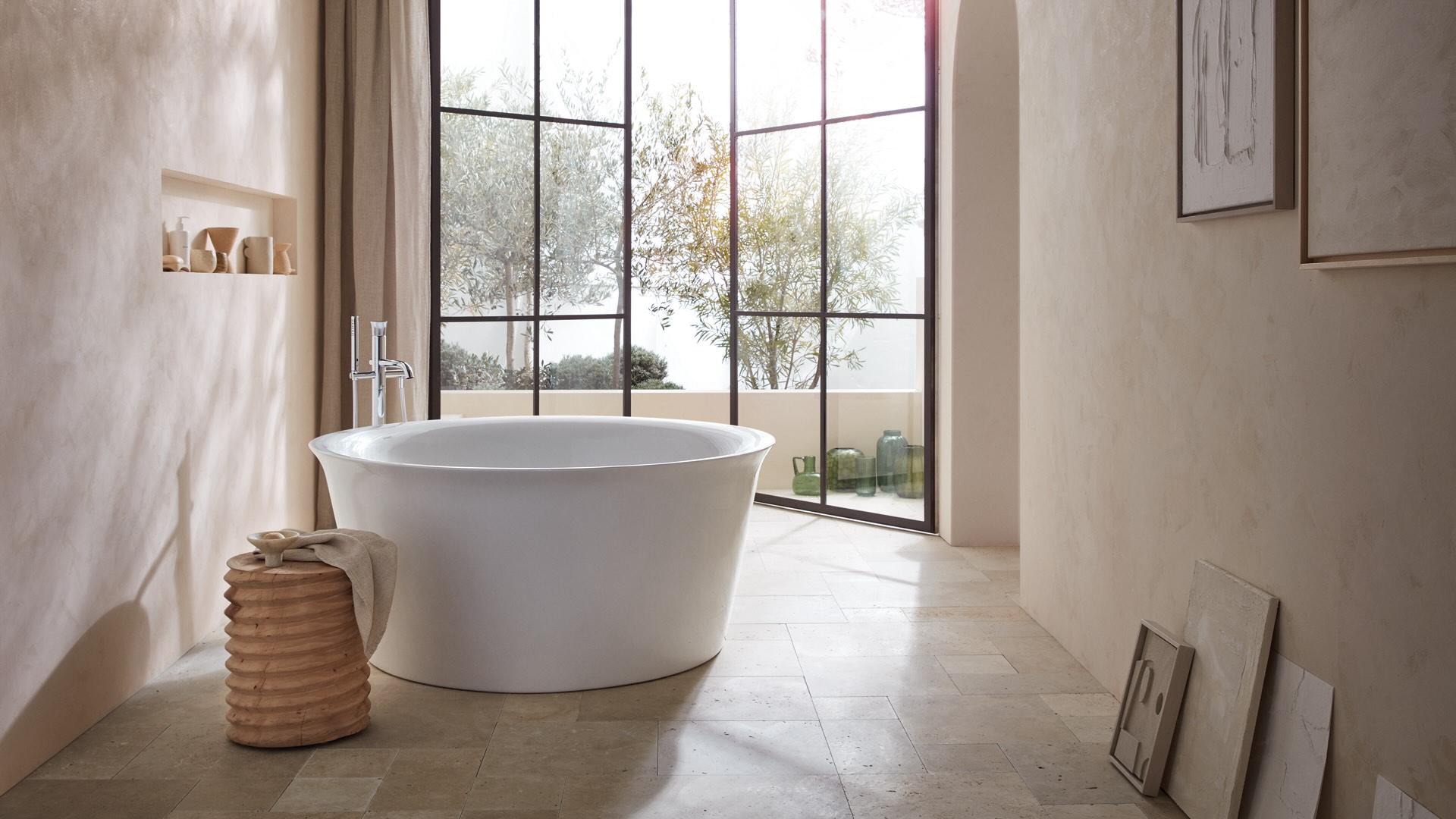
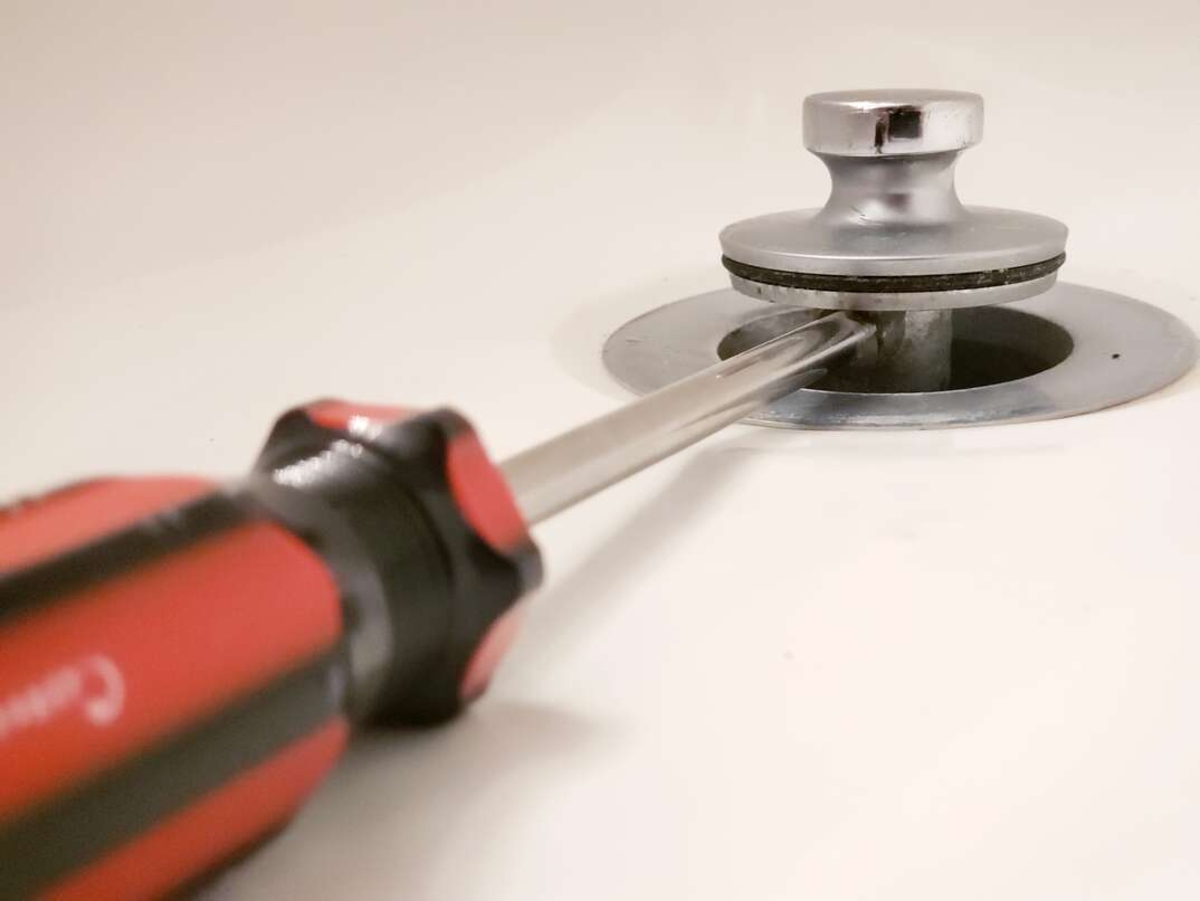
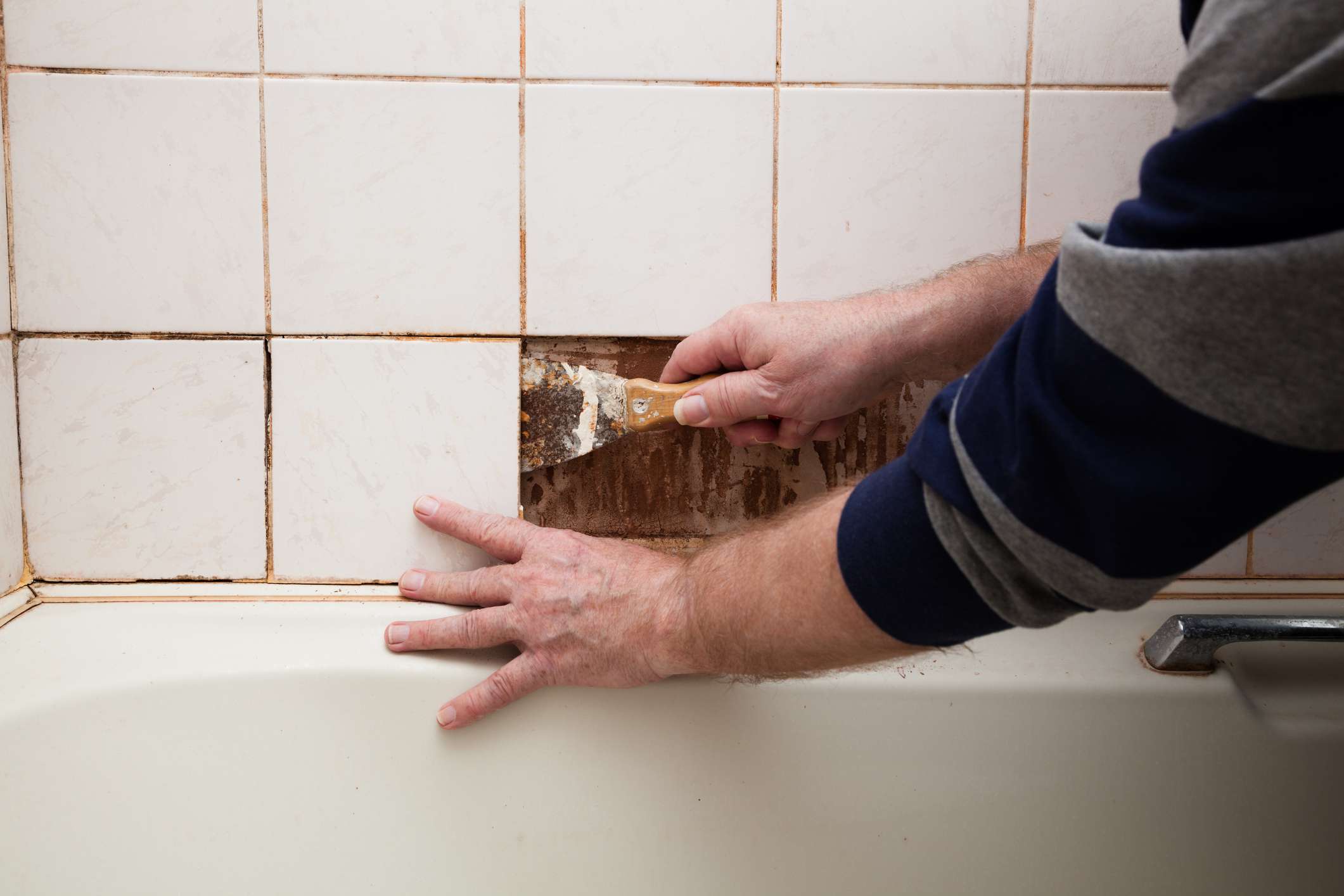
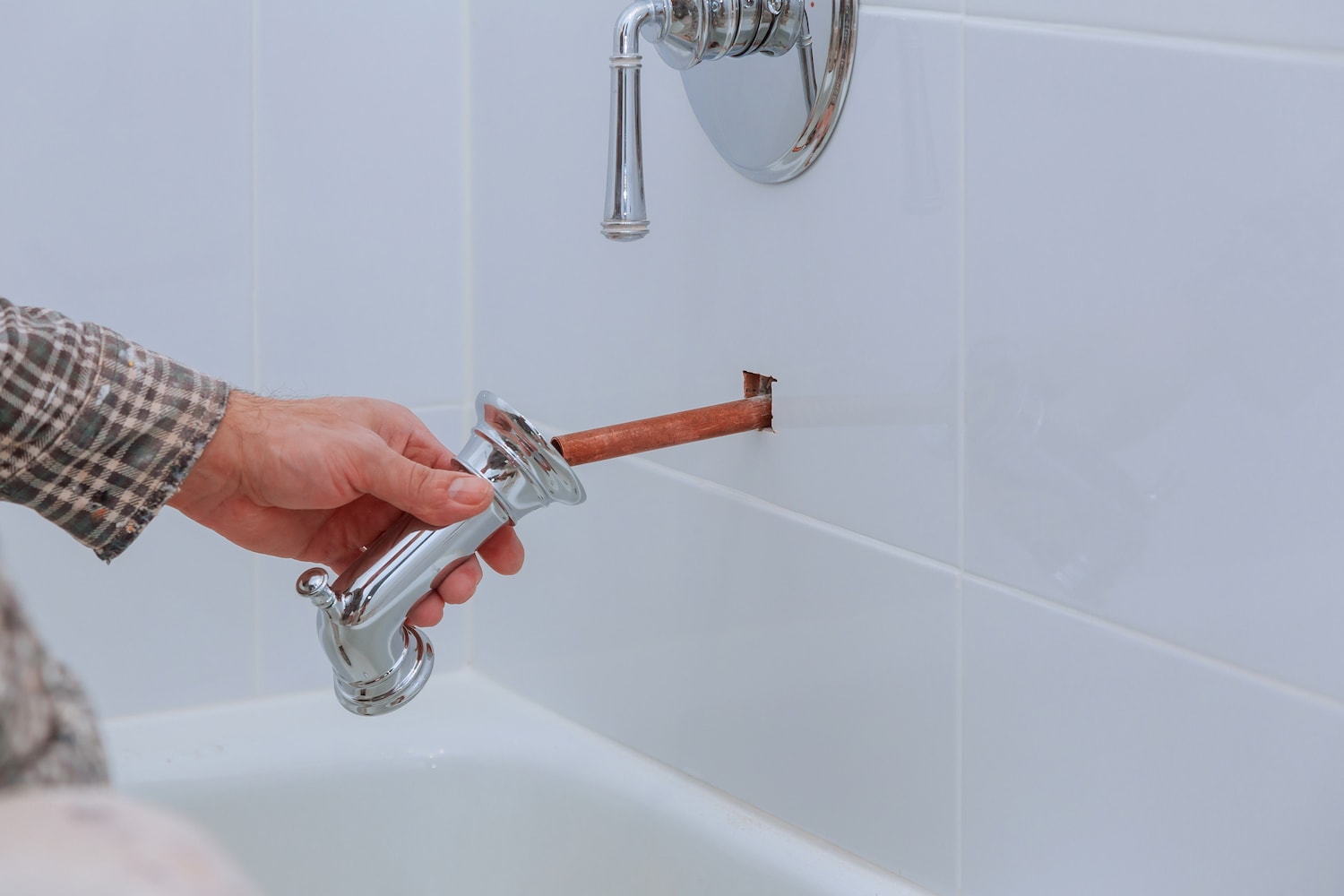
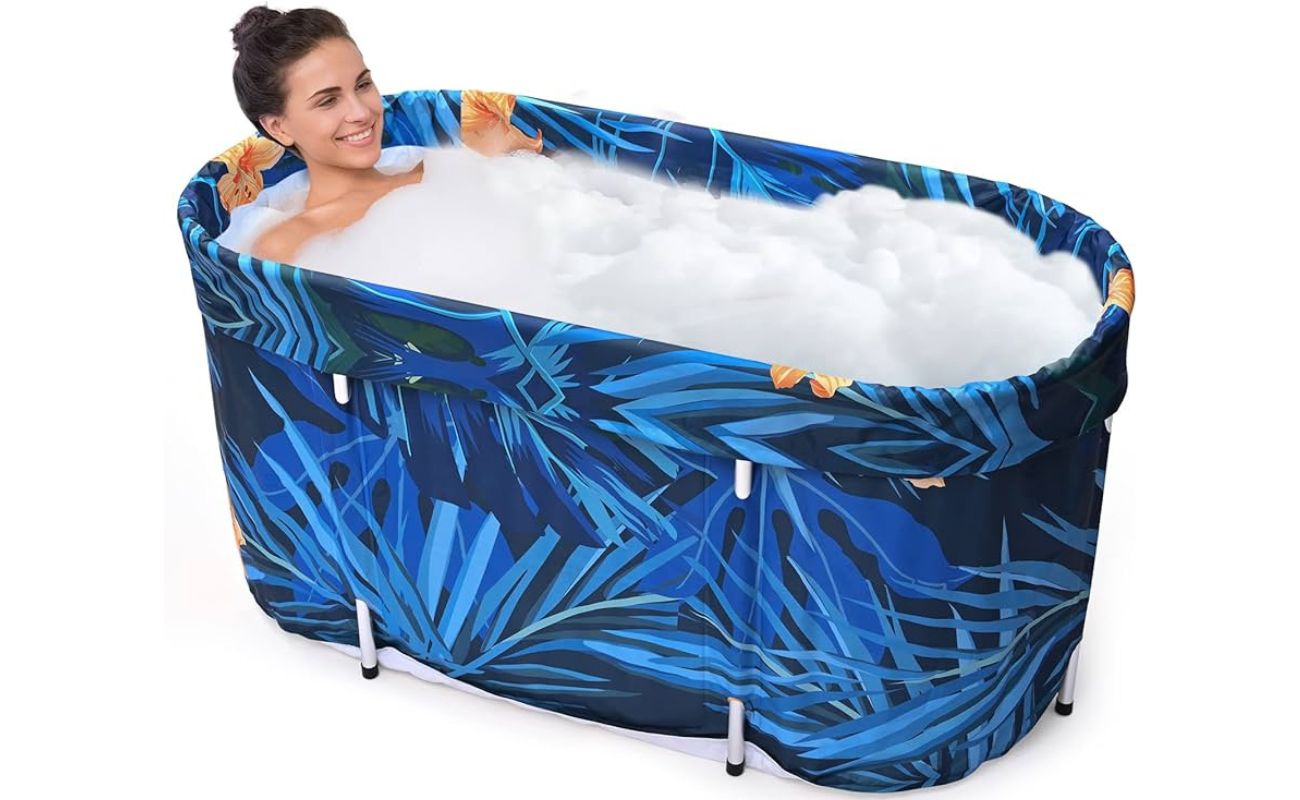
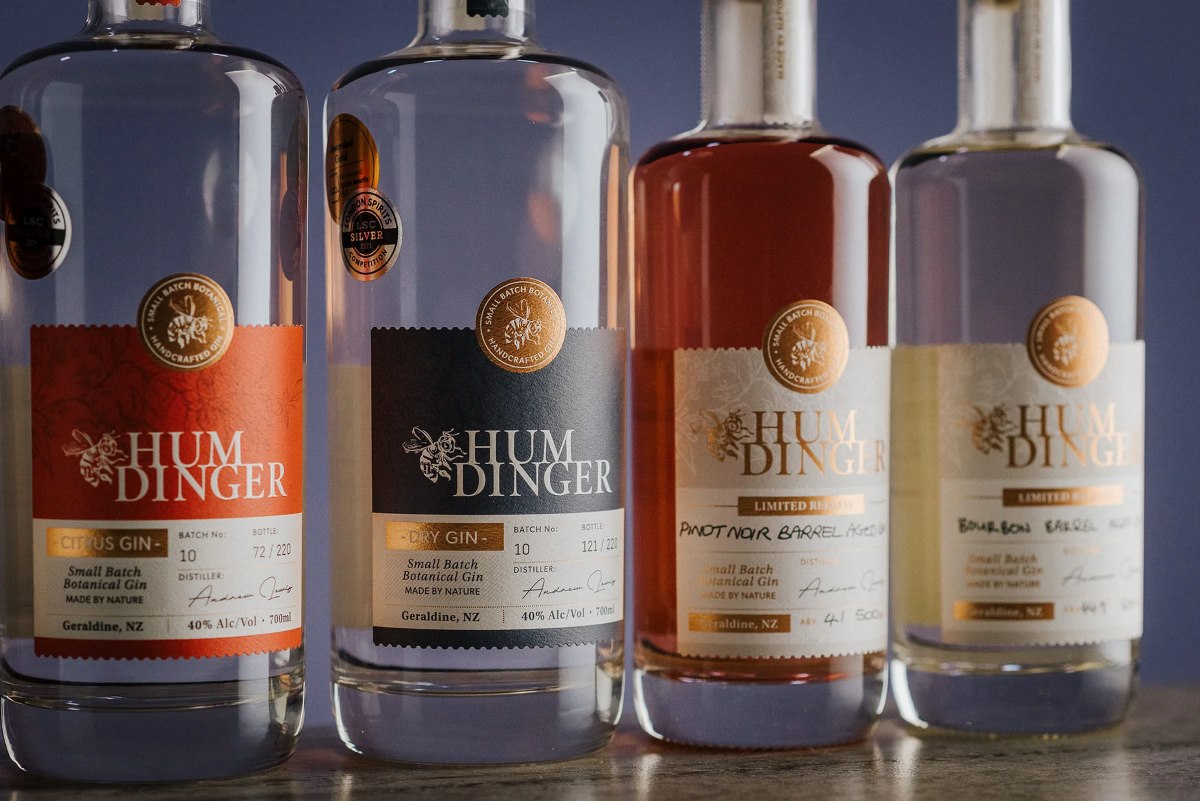
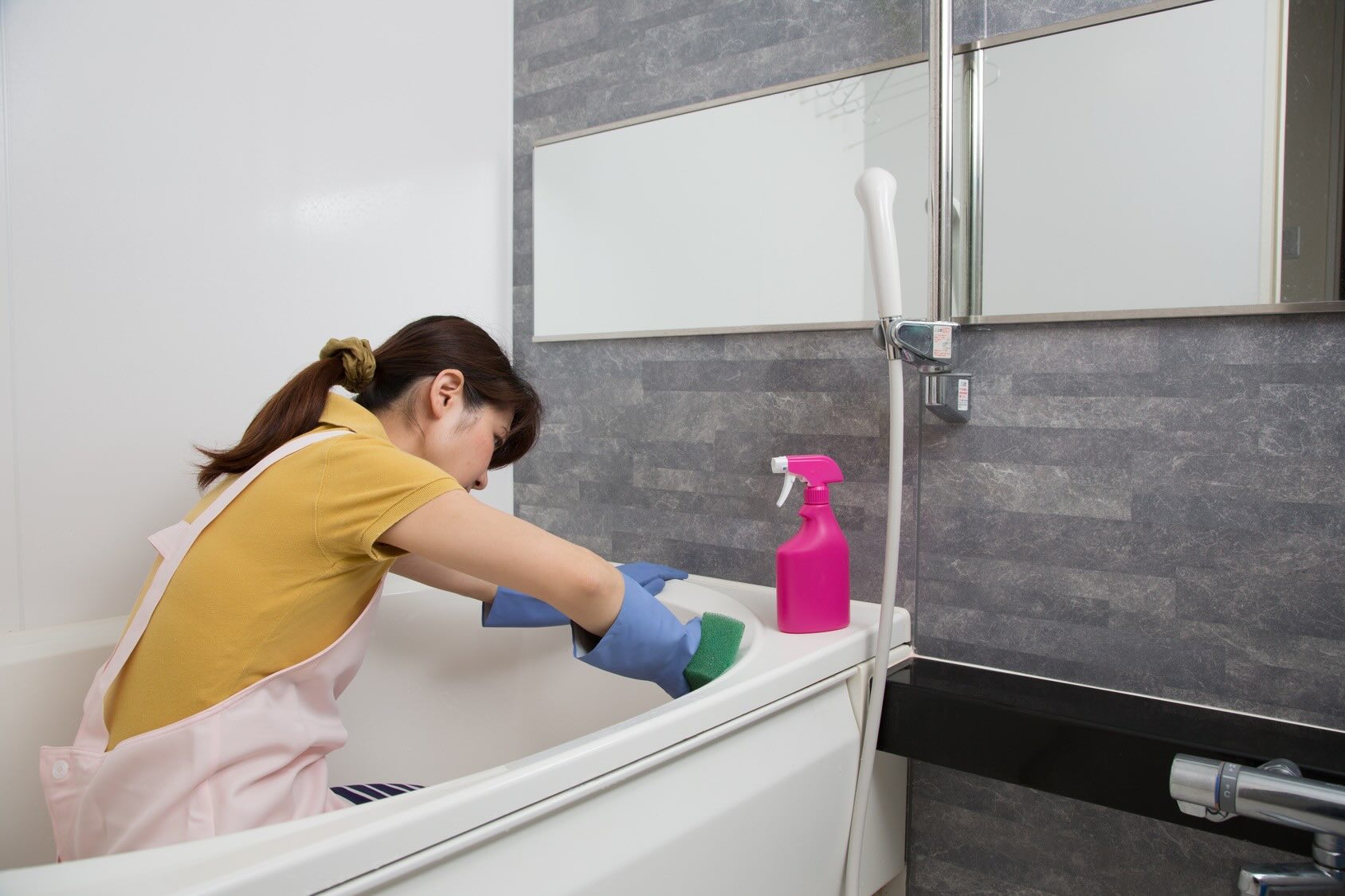
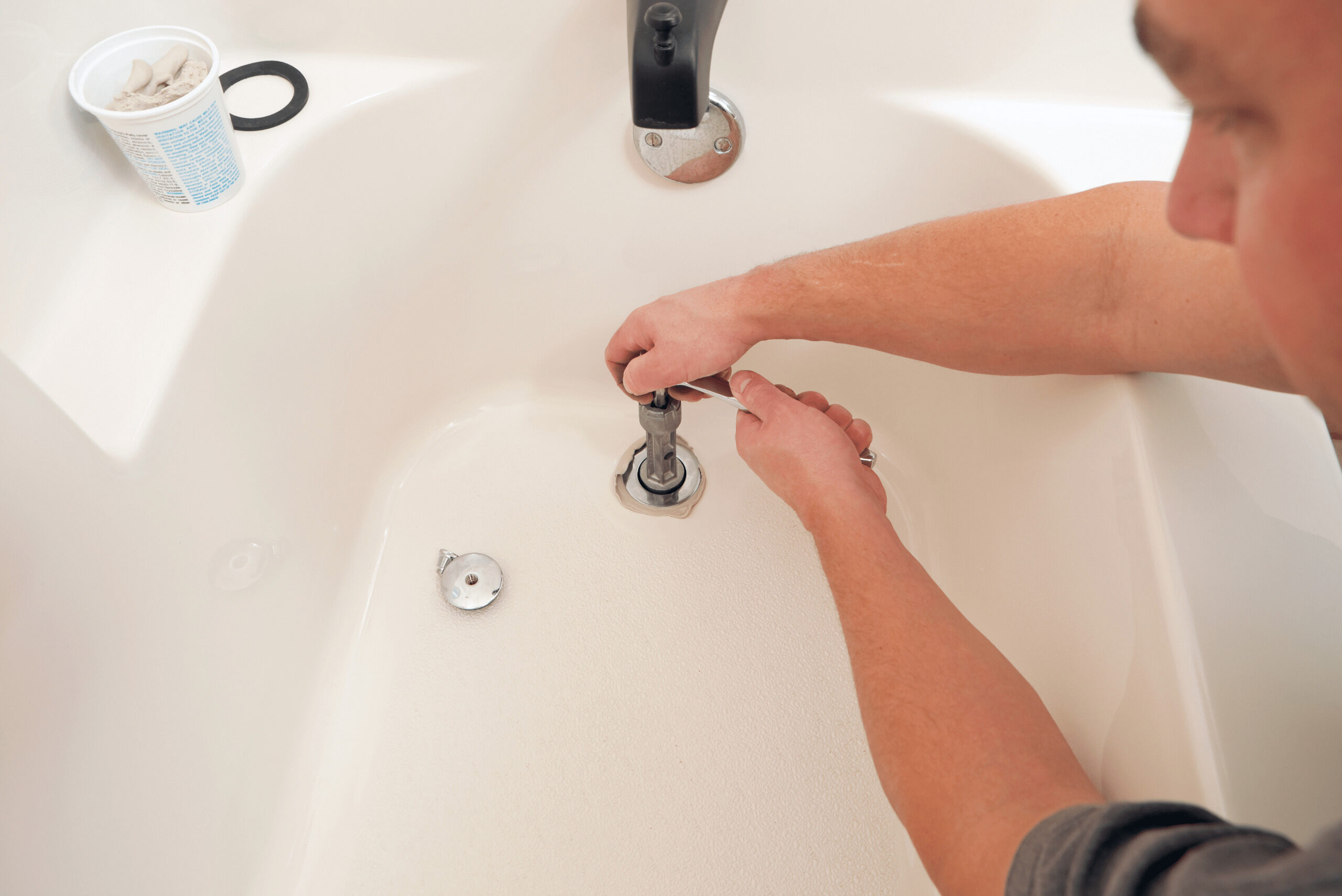
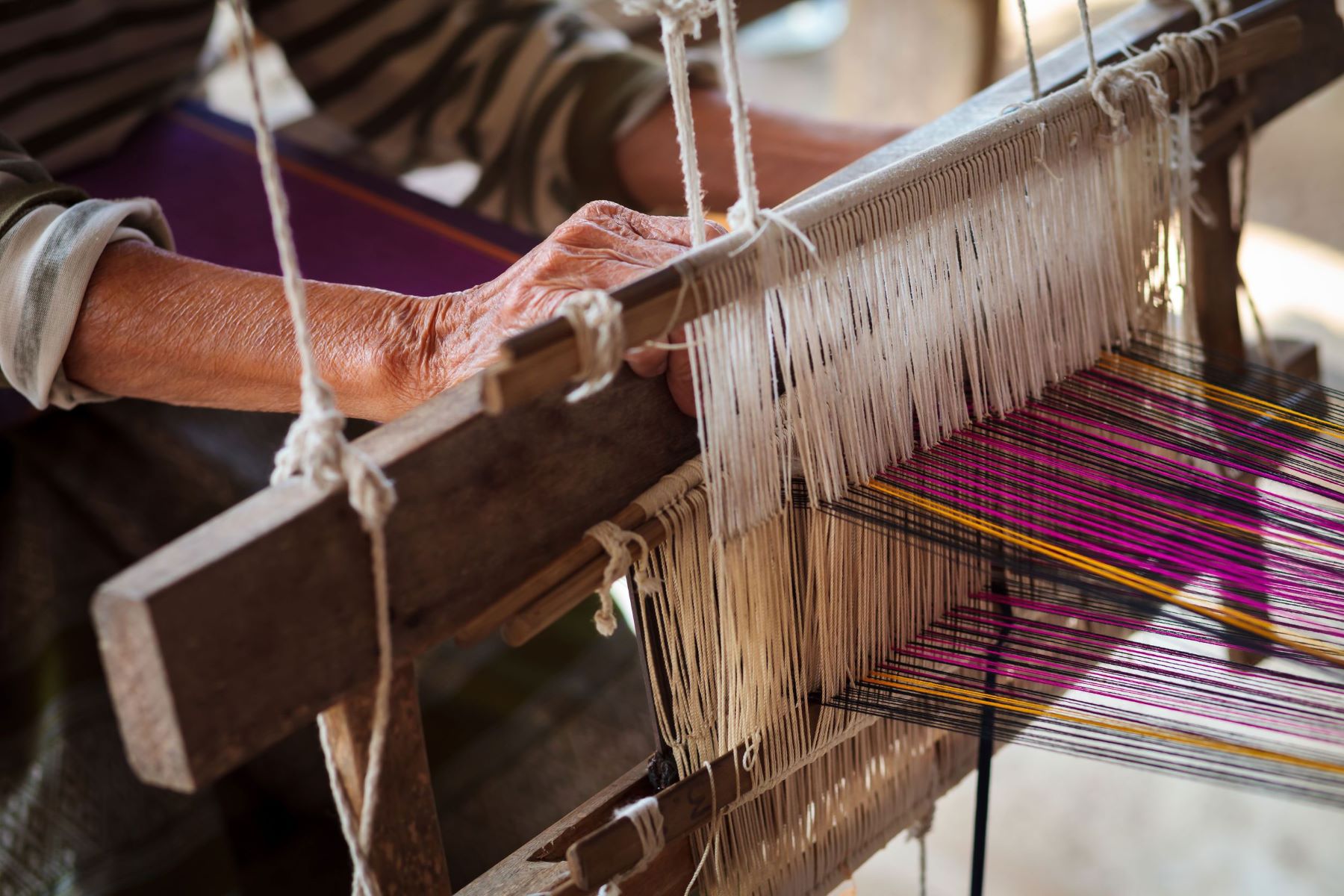
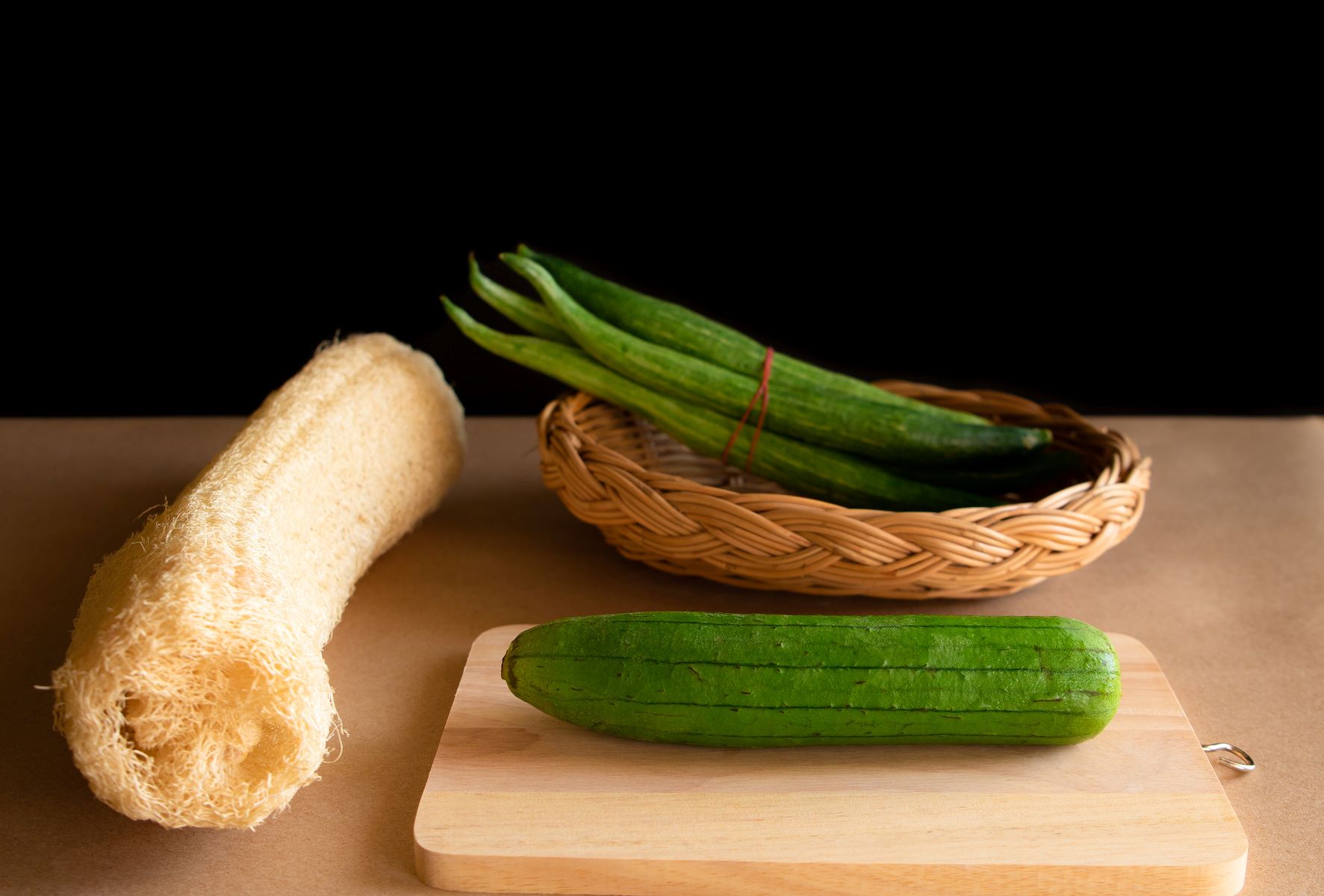
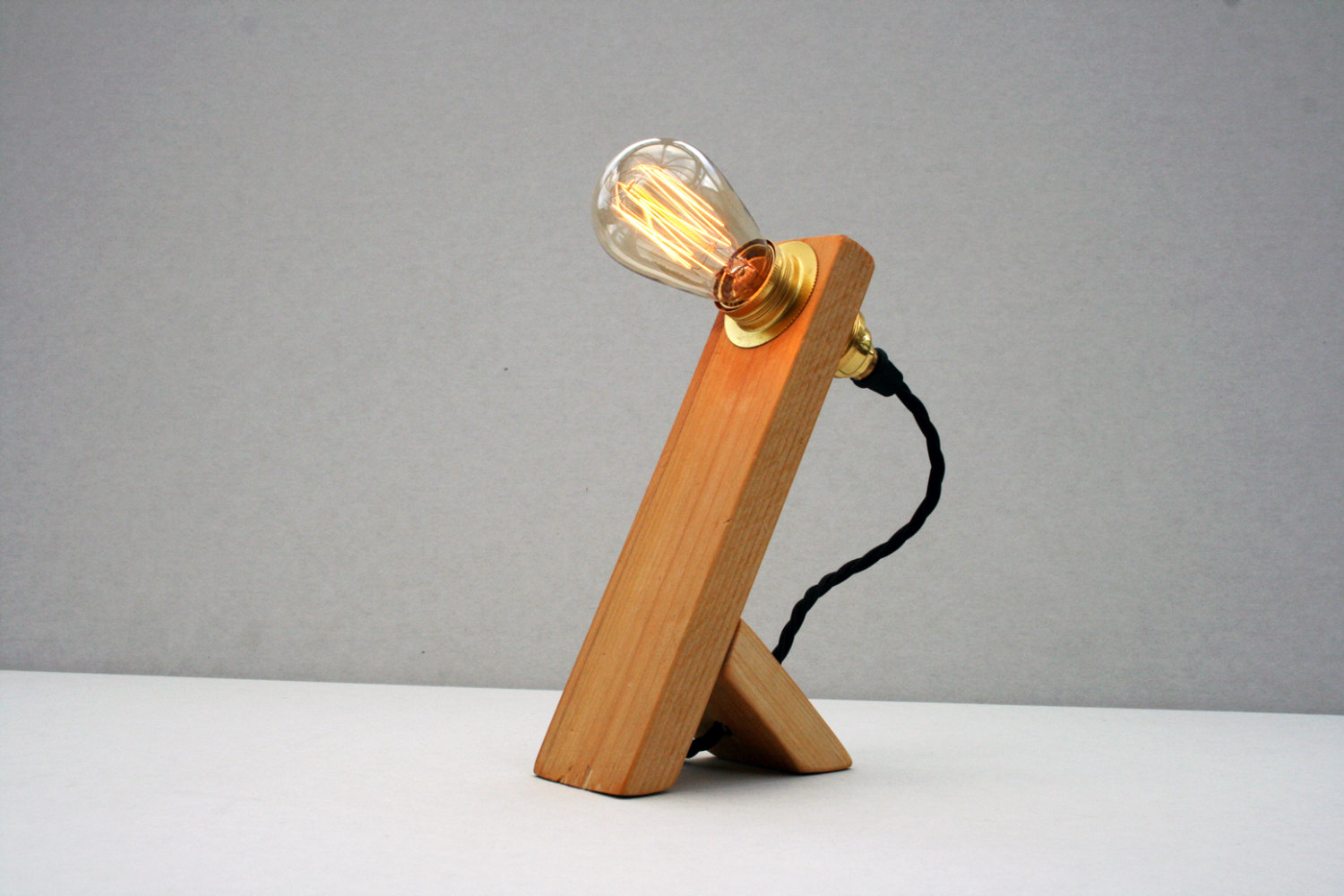
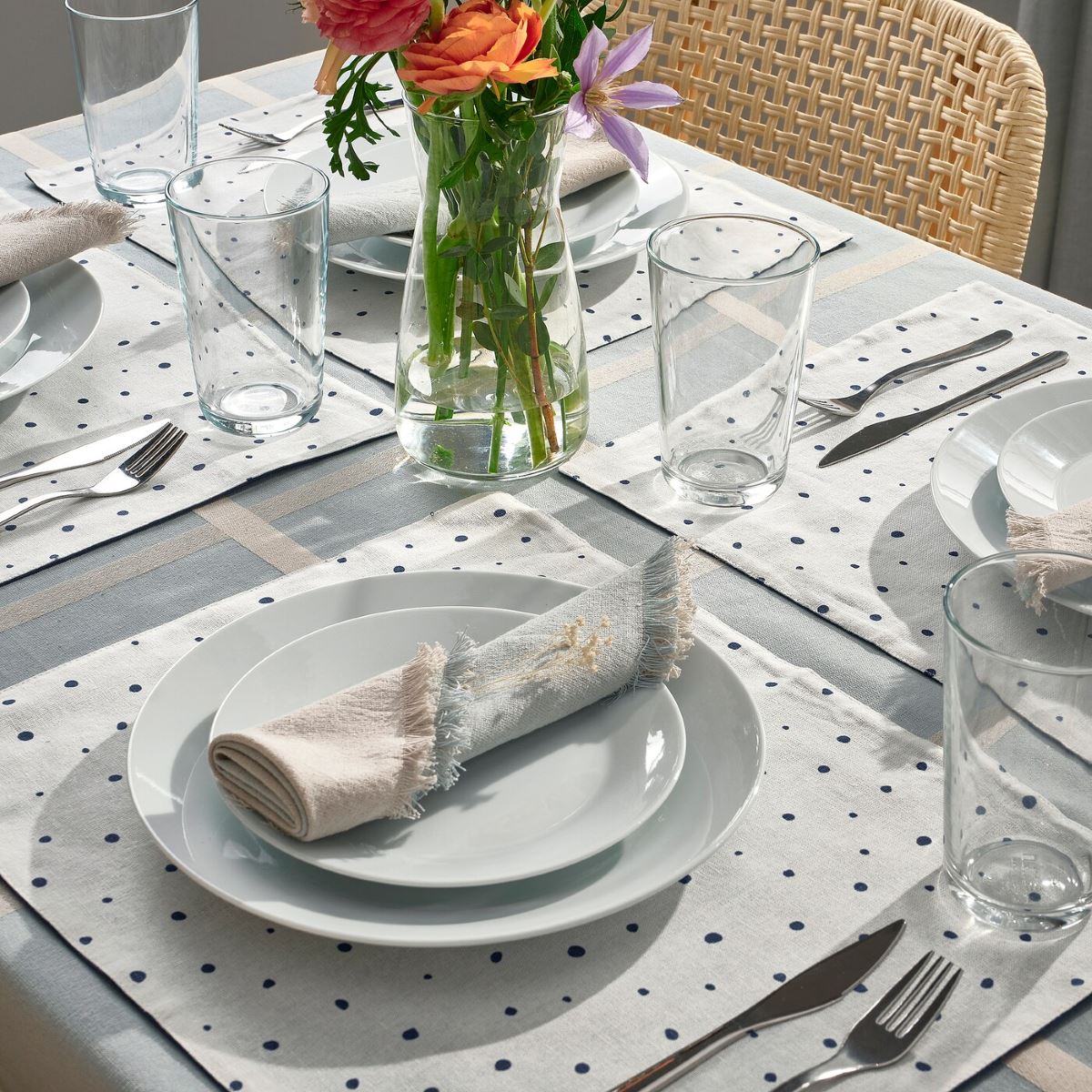



0 thoughts on “How Do You Make Bathtub Gin”